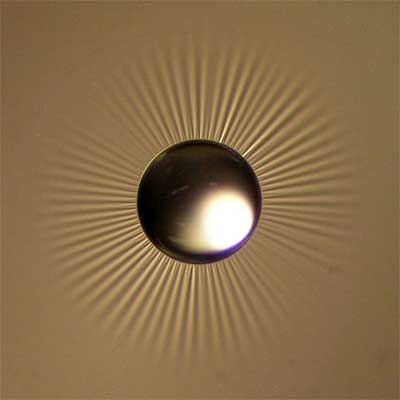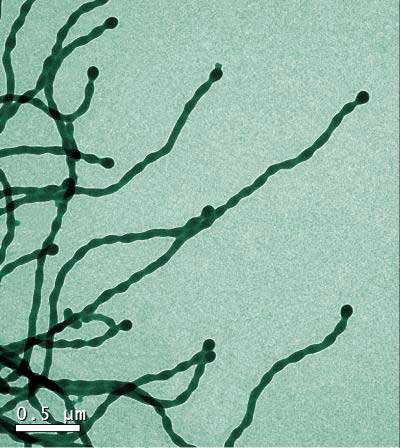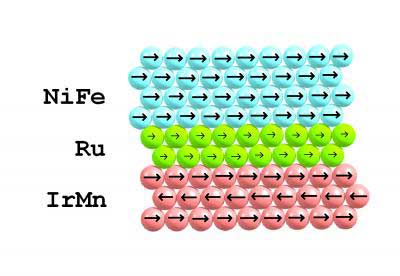Portugal hopes to stimulate initiatives in three key areas during its stint in the EU's Presidency seat: publishing and scientific information; nanosciences and nanotechnologies; reform and modernisation of universities.
Aug 4th, 2007
Read more
Greenhouse gas emissions from power stations could be cut to almost zero by controlling the combustion process with tiny tubes made from an advanced ceramic material.
Aug 3rd, 2007
Read more
 Simple, inexpensive way to measure material properties could impact cosmetics, coating and nanoelectronic industries.
Simple, inexpensive way to measure material properties could impact cosmetics, coating and nanoelectronic industries.
Aug 3rd, 2007
Read more
 Researchers have figured out how to train synthetic polymer molecules to self-assemble and form into long, multicompartment cylinders.
Researchers have figured out how to train synthetic polymer molecules to self-assemble and form into long, multicompartment cylinders.
Aug 3rd, 2007
Read more
 A layer of ruthenium just a few atoms thick can be used to fine-tune the sensitivity and enhance the reliability of magnetic sensors.
A layer of ruthenium just a few atoms thick can be used to fine-tune the sensitivity and enhance the reliability of magnetic sensors.
Aug 3rd, 2007
Read more
Researchers have done the first theoretical determination of the dominant damping mechanism that settles down excited magnetic states -"ringing" in physics parlance - in some key metals
Aug 3rd, 2007
Read more
According to Alexa there are only two nanotechnology information portals among the top 200,000 websites: Nanotech-Now and Nanowerk.
Aug 3rd, 2007
Read more
A team of researchers from Canada have demonstrated an innovative technique for producing very small conductive nano-wires on silicon chips. Process can produce nano-wires that are 5,000 times longer than they are wide.
Aug 2nd, 2007
Read more
Researchers have observed and documented electron transfer reactions on an electrode surface at the single molecule level for the first time, a discovery which could have future relevance to areas such as molecular electronics, information storage, and solar energy conversion.
Aug 2nd, 2007
Read more
Collaboration is key to protecting nanotechnology workers. This is the title of the feature article in the August issue of our nanoRISK newsletter.
Aug 2nd, 2007
Read more
In an assist in the quest for ever smaller electronic devices, engineers have adapted a decades-old computer aided design and manufacturing process to reproduce nanosize structures with features on the order of single molecules.
Aug 1st, 2007
Read more
A major conference on health and safety in laboratories and industrial workplaces employing nanotechnology will take place on November 15-17, 2007 in Santa Barbara, CA.
Aug 1st, 2007
Read more
France boasts several zones dedicated to advancing nanotechnology excellence, including the SCS cluster in Sophia Antipolis, the Systematic cluster in the Paris region and notably, the global micro-nanotechnology cluster Minalogic in Grenoble.
Aug 1st, 2007
Read more
A public meeting on August 2, 2007 to comment on the U.S. Environmental Protection Agency's (EPA) proposed development of a voluntary Nanoscale Materials Stewardship Program (NMSP).
Aug 1st, 2007
Read more
Spintronics has the potential to have as profound an impact on electronics as the development of the transistor had 50 years ago.
Aug 1st, 2007
Read more
Over forty groups release fundamental principles for nanotechnology oversight, citing risks to the public, workers, and the environment.
Aug 1st, 2007
Read more




 Subscribe to our Nanotechnology News feed
Subscribe to our Nanotechnology News feed